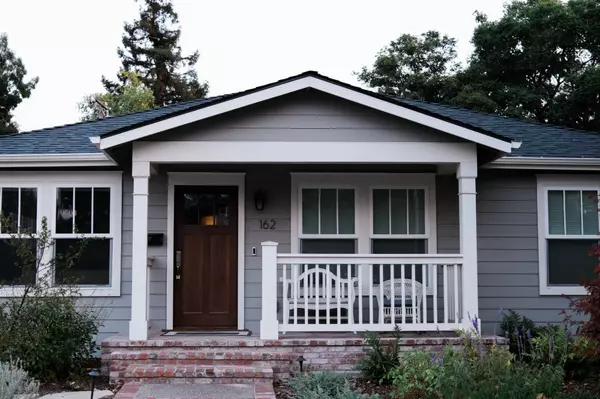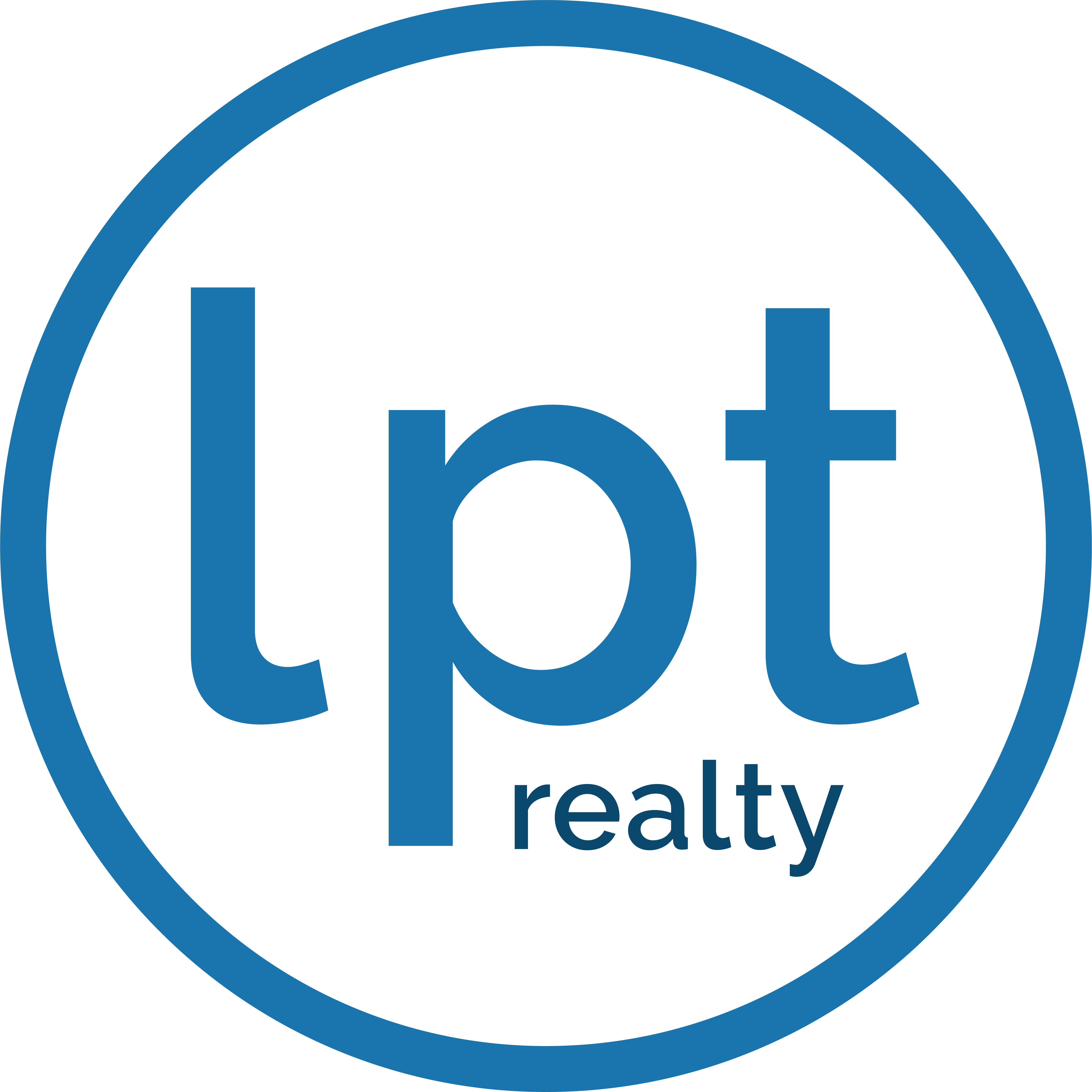How can I get pre-approved for a mortgage?


When it comes to buying a home, getting pre-approved for a mortgage is one of the most crucial steps in the process. It not only gives you a clear picture of your budget but also strengthens your position when negotiating with sellers. Whether you are a first-time buyer, looking to invest in new construction, or trying to sell your existing property, understanding how to get pre-approved can make all the difference.
**Understanding Pre-Approval**
Pre-approval is a lender's written commitment to provide you with a mortgage up to a specified amount, based on your financial situation. This process involves submitting financial documents and undergoing a credit check. While it may seem daunting at first, being pre-approved can save you time and help streamline the home-buying process.
**Lowering Debt**
One of the first steps in preparing for mortgage pre-approval is assessing your current debt levels. Lenders typically look at your debt-to-income ratio (DTI) when deciding how much they are willing to lend you. A lower DTI indicates that you have a manageable level of debt compared to your income, making you a more attractive candidate for a mortgage.
To lower your debt, start by paying down high-interest credit cards or loans. Focus on reducing balances rather than just making minimum payments; this will improve your credit utilization ratio and positively impact your credit score. Additionally, consider consolidating loans or negotiating lower interest rates where possible. Not only will this help improve your DTI, but it may also reduce monthly payments, freeing up more cash for savings.
**Increasing Your Savings**
Another essential factor in securing mortgage pre-approval is having sufficient savings. Lenders want to see that you have enough funds for the down payment as well as additional costs such as closing fees and moving expenses. The more money you can put down upfront, the better terms you may receive on your loan.
To increase your savings, create a dedicated savings plan specifically for your home purchase. Set realistic monthly savings goals and automate transfers from checking to savings accounts to ensure consistent contributions. Consider cutting back on discretionary expenses—such as dining out or subscriptions—to help boost your savings faster. Remember that every little bit adds up over time.
**Controlling Impulse Spending**
Impulse spending can quickly derail even the best-laid financial plans. As you prepare for mortgage pre-approval, it's essential to adopt strategies that help control these spontaneous purchases. Start by tracking all of your expenses for at least a month; this will give you insight into where your money is going and highlight areas where you can cut back.
Establishing a budget is another effective way to manage impulse spending. Allocate specific amounts for necessities while setting aside some fun money each month—this allows for guilt-free spending without jeopardizing your savings goals. Additionally, consider implementing the "24-hour rule" before making any non-essential purchases: wait 24 hours before deciding whether to buy an item that isn't part of your budget.
**Monitoring Your Credit Score**
Your credit score plays a significant role in determining whether you'll be approved for a mortgage and what interest rate you'll receive. Lenders typically require a minimum score of around 620 for conventional loans; however, higher scores often lead to better rates and terms.
To monitor and improve your credit score leading up to pre-approval, regularly check your credit reports from all three major bureaus: Experian, TransUnion, and Equifax. Look for errors or discrepancies that could negatively impact your score and dispute any inaccuracies promptly.
Additionally, pay attention to factors affecting your score: make timely payments on all debts, keep credit card balances low relative to their limits (ideally below 30%), and avoid opening new lines of credit shortly before applying for a mortgage.
**The Importance of New Construction**
If you're considering purchasing new construction rather than an existing home, being pre-approved becomes even more critical. Builders often require buyers to be pre-approved before they can enter into negotiations or reserve lots within new developments. Having that pre-approval letter shows builders that you're serious about buying and ready to move forward.
Moreover, being aware of what you're qualified for allows you to focus on homes within your price range—helping avoid disappointment later on when faced with properties outside of what you can afford.
In conclusion, getting pre-approved for a mortgage involves several proactive steps including lowering debt levels, increasing savings, controlling impulse spending, and monitoring credit scores. By taking these measures seriously and preparing ahead of time, you'll not only improve your chances of securing financing but also set yourself up for success in finding the perfect home—whether it’s an existing property or new construction!
Categories
Recent Posts











"Molly's job is to find and attract mastery-based agents to the office, protect the culture, and make sure everyone is happy! "
